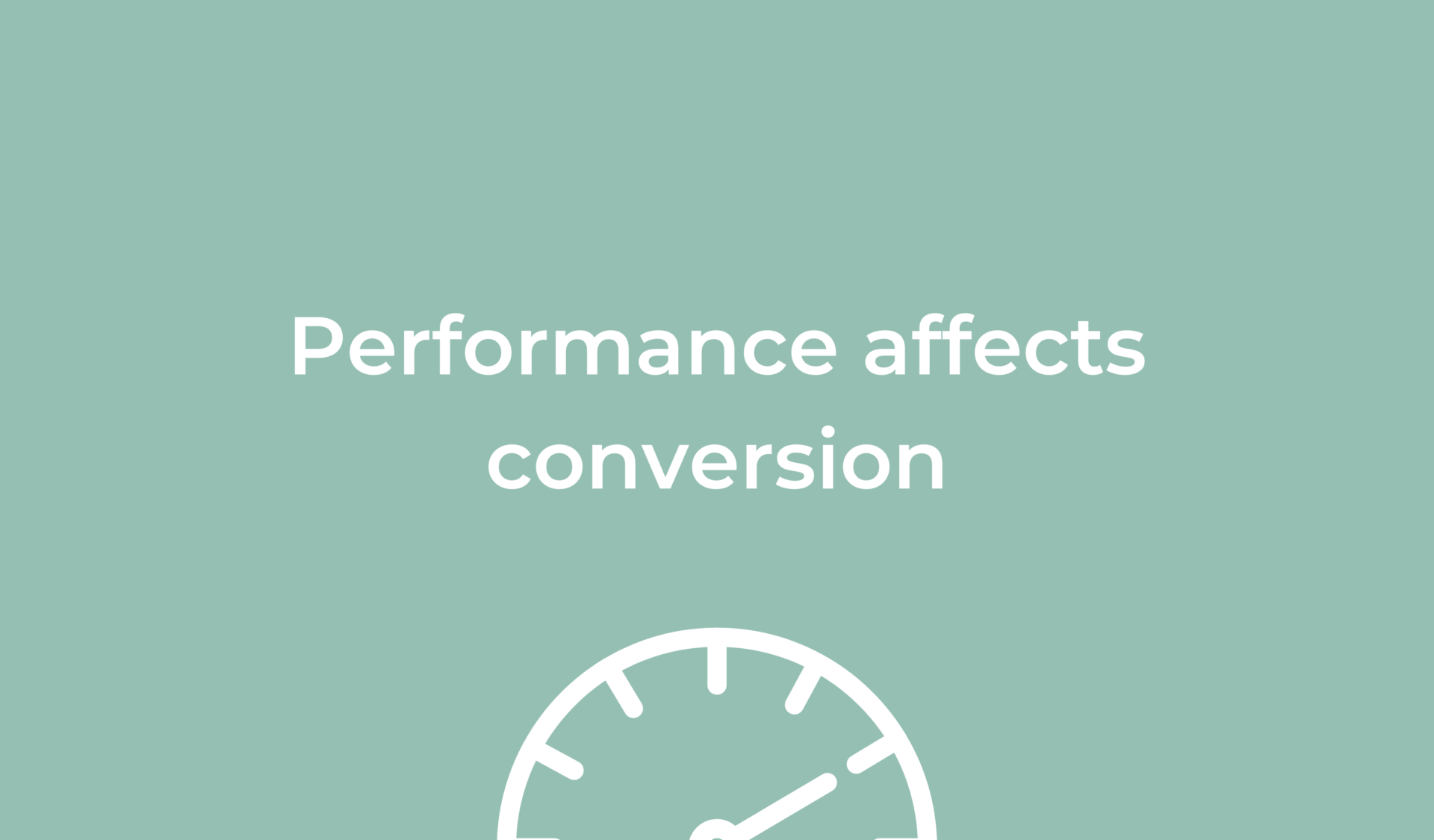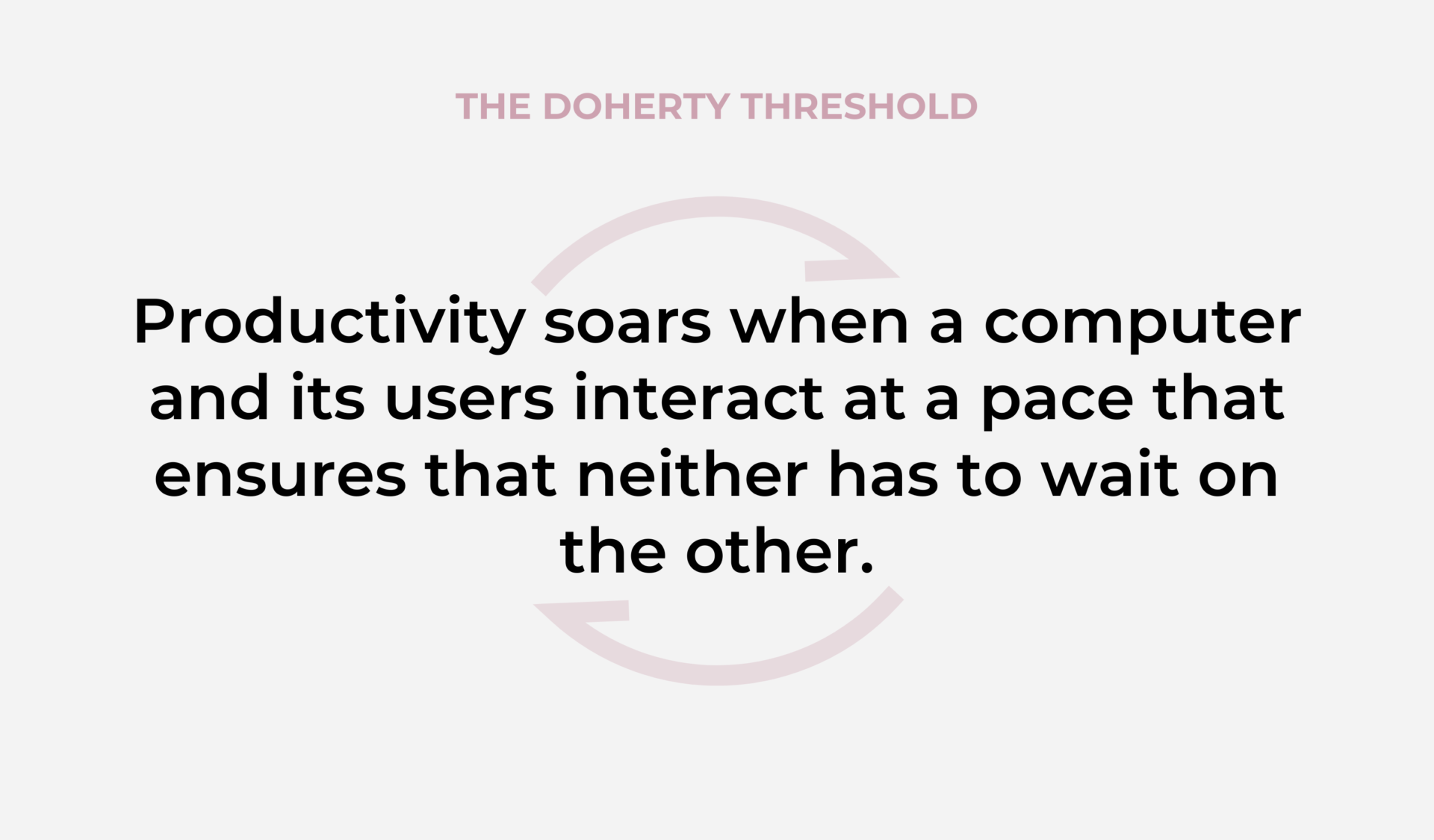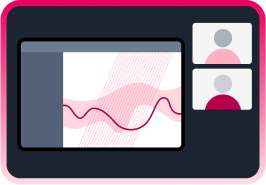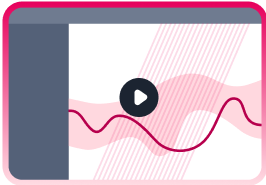Product Foundations: Performance and the State of Flow

We all want to build the best products for our customers. It’s a no brainer. But where do you start? I would argue performance and here is why…
Performance is a driving force behind conversions
I know, I know, this seems obvious.

A few years ago I spent a few hours doing research on well-known cases in which performance correlated to increased conversions and by how much. Within one hour, I had well documented cases like Walmart, the Obama campaign, and Firefox downloads. Personally, just from work experiences, I can probably refer to hundreds more (don’t worry, I won’t). And I am talking about just examples of performance impacting conversion in particular. How ‘faster’ means ‘more conversions.’ To quote an example: “If Firefox reduced load times by 2.2 seconds they saw an increase in download conversions by 15.4%”
One interesting thing about my three examples here – Walmart, the Obama campaign and Firefox downloads – is that each has a radically different definition of conversion, yet they matter equally to the organization. In other words, a conversion is totally contextual to the business at hand.
We are wired for performance
So, we agree performance impacts conversion and conversion can mean different things in different contexts, but not matter what, it is always worth a *lot* to the business.
But there is more… Performance matters to us as individuals because we are wired for it.
Among the laws of User Experience there is one called the Doherty Threshold. Don’t be deceived by the fancy esoteric name – it’s something we experience daily.

If you are having a conversation on the phone with someone and all of a sudden the line experiences a lag, you are deeply disturbed. Your mind, your words, want to be in a state of flow, but the technology is not cooperating. Most people will try to hang up and start the call again rather than adapt to the lag!
When using a website or web application (or native application) this same principle applies. Yes, the ‘Google Effect’ has spoiled us all and we now expect sites to be ‘fast,’ but it’s not just that. It’s simply natural for us to desire to be in a state of flow. The state of flow minimizes our anxiety. When technology disrupts this we are fundamentally uncomfortable.
You are competing against anything that steals users’ attention
This bears repeating: if your application or web site is slower than your competitors, your users will gravitate towards them instead. Maybe you have them trapped. But how long before a young nimble competitor comes and takes your lunch? Even if you think you have no competitors, think twice: you are competing with YouTube, with Instagram, with Angry Birds! Why? Because your real point of competition is your customer’s attention. If the PERSON has friction interacting with your business, they will gladly put their attention toward something that does NOT break their state of flow.
In other words, long gone is the era of ‘good enough.’ Web sites and applications won’t succeed if they simply do what they promised, they must do it while creating an enjoyable experience for the user. This is the real point of competition today, and the unspoken reason for success on sites and applications that do well. However, and this is important, users won’t tell you this.
If one of your customers goes away and you have a precious chance to ask what happened, they will not tell you: your constant slowness kept breaking my state of flow. First, because most people are not aware that that is the real reason, but also because it makes them look lazy (they didn’t try hard enough, they didn’t sit through slow loads). They’ll tell you a reason they tell themselves that is more satisfying intellectually. Rest assured, when it comes to performance impact, more often than not your real enemy is not what they are telling you.
Create delight
It’s true that the product has to work, but today that is just a baseline. It’s the requirement to even be in the game. It does not take us to the top.
What takes you to the top is being able to understand what your users crave. Beyond what they need (a service or product), what is it that they crave (a state of flow in fulfilling their need, an enjoyable experience)?
Companies that understand this and invest resources and expertise to build product interactions that users enjoy are winning big.
Now, experiences that are enjoyable depend on more than just performance. Performance is just the foundation, but a crucial first step: if a pretty website is slow, no one will stick around to enjoy it.
There is increasing competitive pressure to provide a friction-less experience to users and performance is at the heart of that. Companies that invest in their performance, and put their customer needs at the heart of their product, are the ones that will continue to have a competitive advantage and attract more customers.
Want to learn more about how to optimize page performance for your products? Join our webinar on June 11 to see a walkthrough of our latest feature.







